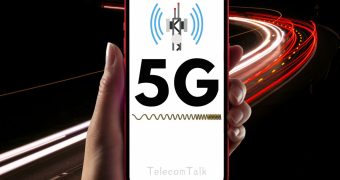Amid reports that the Indian government has found technical challenges in Google’s ‘Project Loon’, the technology major is believed to have initiated talks with the government to resolve issues related to the project. The company is hoping to bring its Project Loon to India that will offer affordable internet access to millions. On his two-day visit to India, Sundar Pichai, CEO, Google India, said that "Project Loon will launch balloons in the sky to help reach out to rural areas."

Pichai said that Project Loon will most likely move from pilot to full scale program to cover 300,000 villages in India. Currently, its pilot is running across 1,000 villages across three states. However, the government had shown concerns over the project and several central ministries--defence, home and civil aviation and the Department of Telecommunications (DoT)--have raised technical and security concerns over the project.
Earlier, the Telecom Minister had maintained that the proposed frequency band to be used in the project is being used for cellular operations in India and it will lead to interference with cellular transmissions. At the same time, the civil aviation ministry had expressed concerns over the fact that balloons may interfere with flight paths and therefore should be monitored by Air Traffic Control (ATC). The home ministry had expressed concerns over external surveillance through them.
The defence ministry had said that the balloons might float over military establishments and may come in the way of military aircraft. Media reports said quoting a government official: "The most important concern is that of spectrum, rest of the issues can be take care of."
Marian Croak, Vice-President of Access Strategy & Emerging Markets , said: “The biggest concern is that whether it would or not interfere with spectrum ...and we believe we have an answer to that around spectrum sharing and that we've solved that issue, in terms of sharing spectrum so that it doesn't create impedance."
"We are testing these high altitude balloons which literally act as almost like floating cell towers... to connect people in hard to reach regions that are scarcely populated and we are working to hopefully bring Project Loon to India in rural communities that have very few people connected to the Internet," Croak said.
The project can also play a role in LTE or 4G services. For providing the next generation services, Project Loon can partner with telecom companies to share cellular spectrum so that people will be able to access the internet everywhere directly from their phones and other LTE-enabled devices. The project will provide internet connectivity from balloons floating at a height of 20 km above the earth's surface on a pilot basis and it would connect remote areas of the country using LTE or 4G technology through the balloons, which can transmit as far as 40 km from their diameter.















